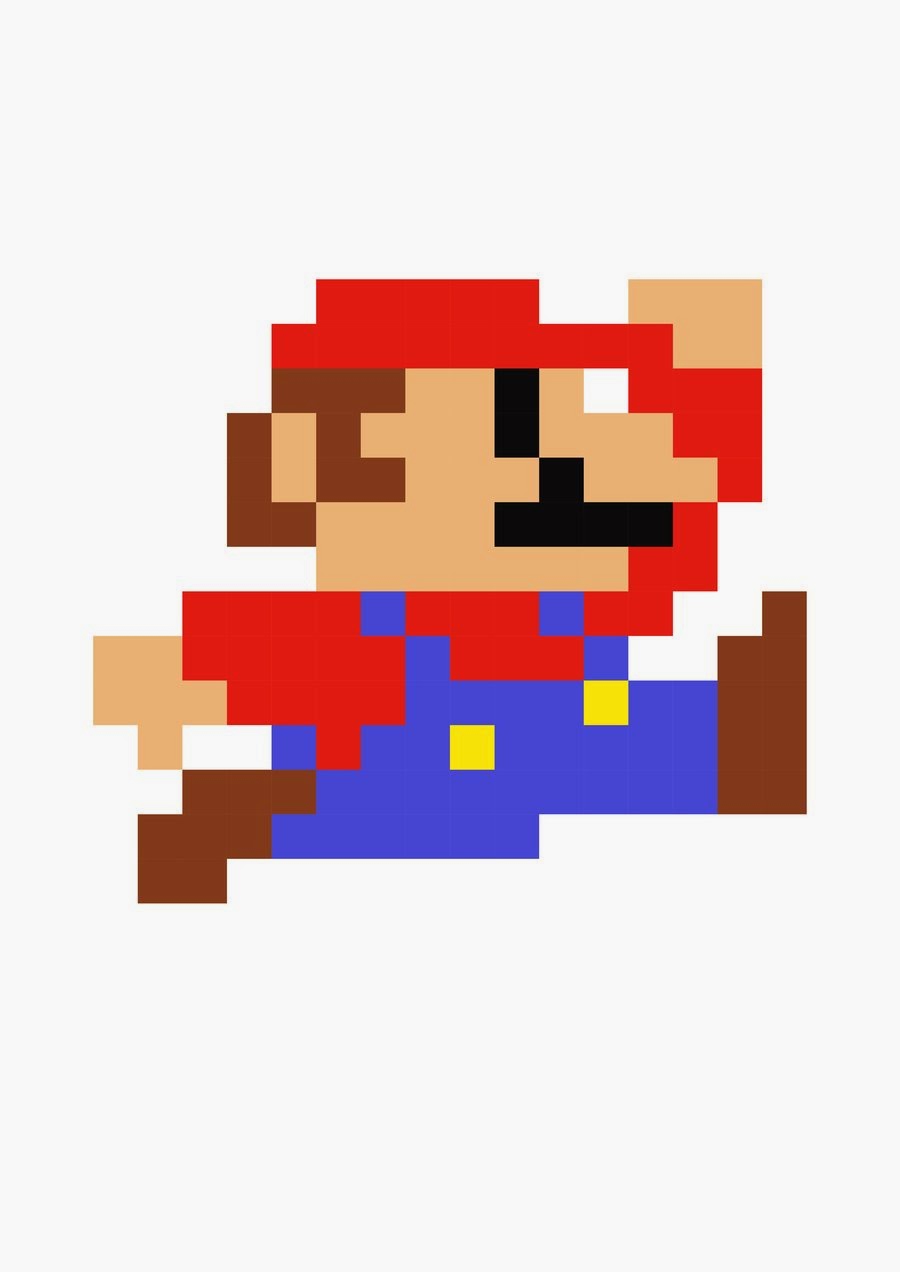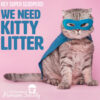
The way that Zach Rutherford describes the user’s experience is an interesting eye-opener to the many ways these games have held my attention. A controlled flow of information guides a visual narrative, which somehow serves as an invitation to interact. Rutherford claims it’s a psychological effect creating “a feeling of power and significance.” I certainly felt significant stomping through Mario’s worlds, warping and jumping and tubing my way parallaxically along.
Ultimately, there are probably millions of ways to direct a user. Although games like Lingo, Badland, Zombie Tsunami, and Angry Birds have fascinated me, they may not work for everyone. Since my app idea revolves around children, a moving screen asking for constant interaction probably isn’t a wise choice. It does spark an idea, however. We could add a “Monster Walker” game that drops the monster into a parallax scroll, and children could interact with objects along the way.
According to Matthew’s Youtube video on UX Design, user experience is absolutely everything that affects user interaction with my app. He states that design is more like a science, or a process. It’s not about art, after all! Measurement and analysis are applied to humans. There’s this secret sweet spot sandwiched between business needs and user needs. That’s user experience, right there. It’s the who what when where why AND how of design. It requires getting in heads and constantly questioning behavior. At all turns in the cycle the user’s needs are taken into account. It’s a fascinating way to approach the consumer market. I’m designing for a business, either promoting a game or a product or some sort of supply. I need to be hyper aware of the customer making the demand. How can I reach as many users as possible? Where do I start? What do I focus on?
Steve Jobs once said, “Design is not just what it looks like and feels like. Design is how it works.” In other words, it’s not just about beauty or first impressions. Ross Popoff-Walker described UX design as “sketch, try, fail.” His pyramid model places USEFUL at the base, most stable, largest tier. Sitting slightly smaller over that is USABLE. The small triangle at the top is BEAUTIFUL. Following that model, my mindset is shifted to a parent’s point of view. What about my app pleases both parent and child? What could inspire a teacher to introduce my app to her class? How do I reach young and old, K-12 and even beyond? How do I compel them to become addicted to some maddeningly fun aspect of my app? I use World of Warcraft as a model to judge my approach. There is a plethora of youngsters just waiting for an epic MMORPG (massive multiplayer online role-playing game). Maybe they’ll let me be their first!






